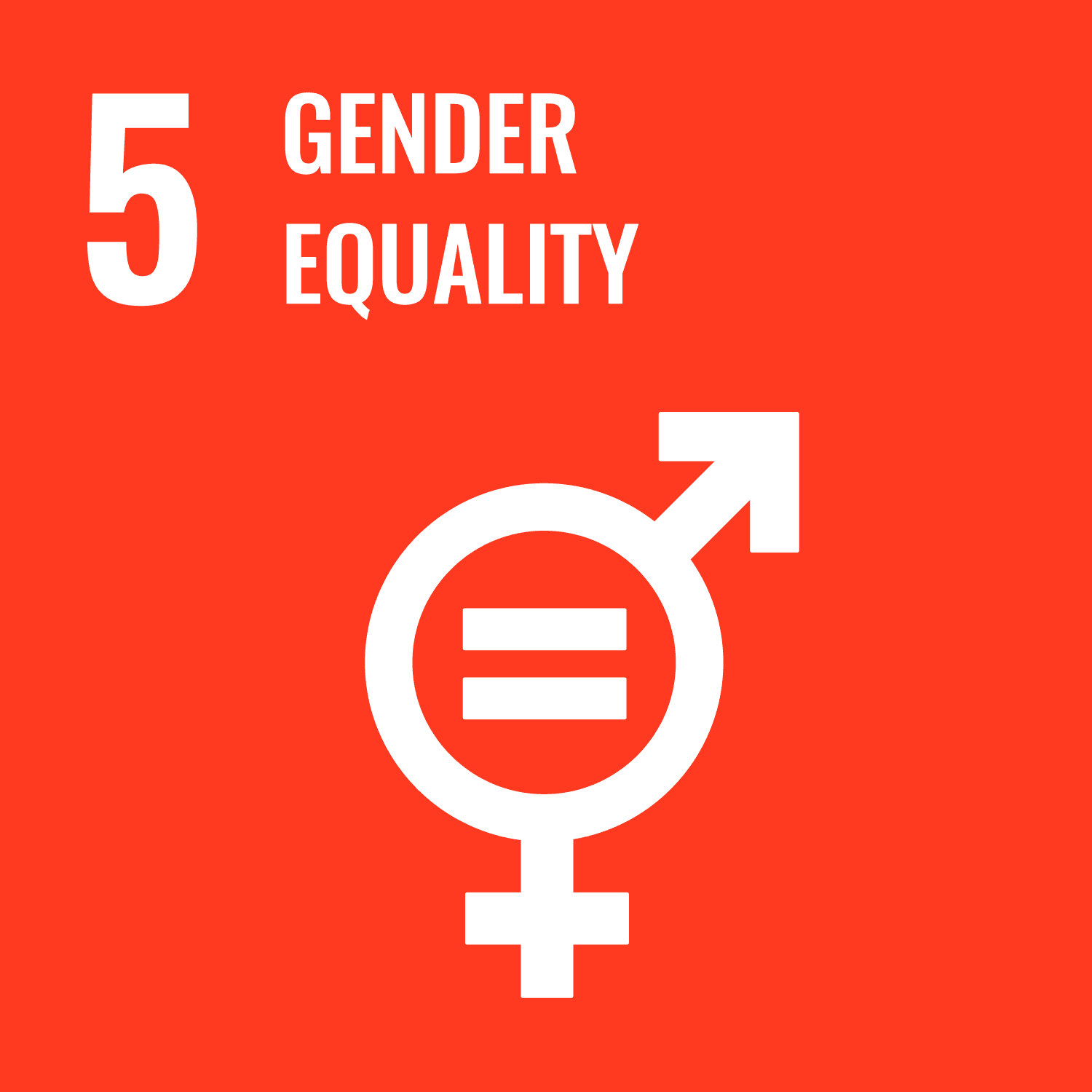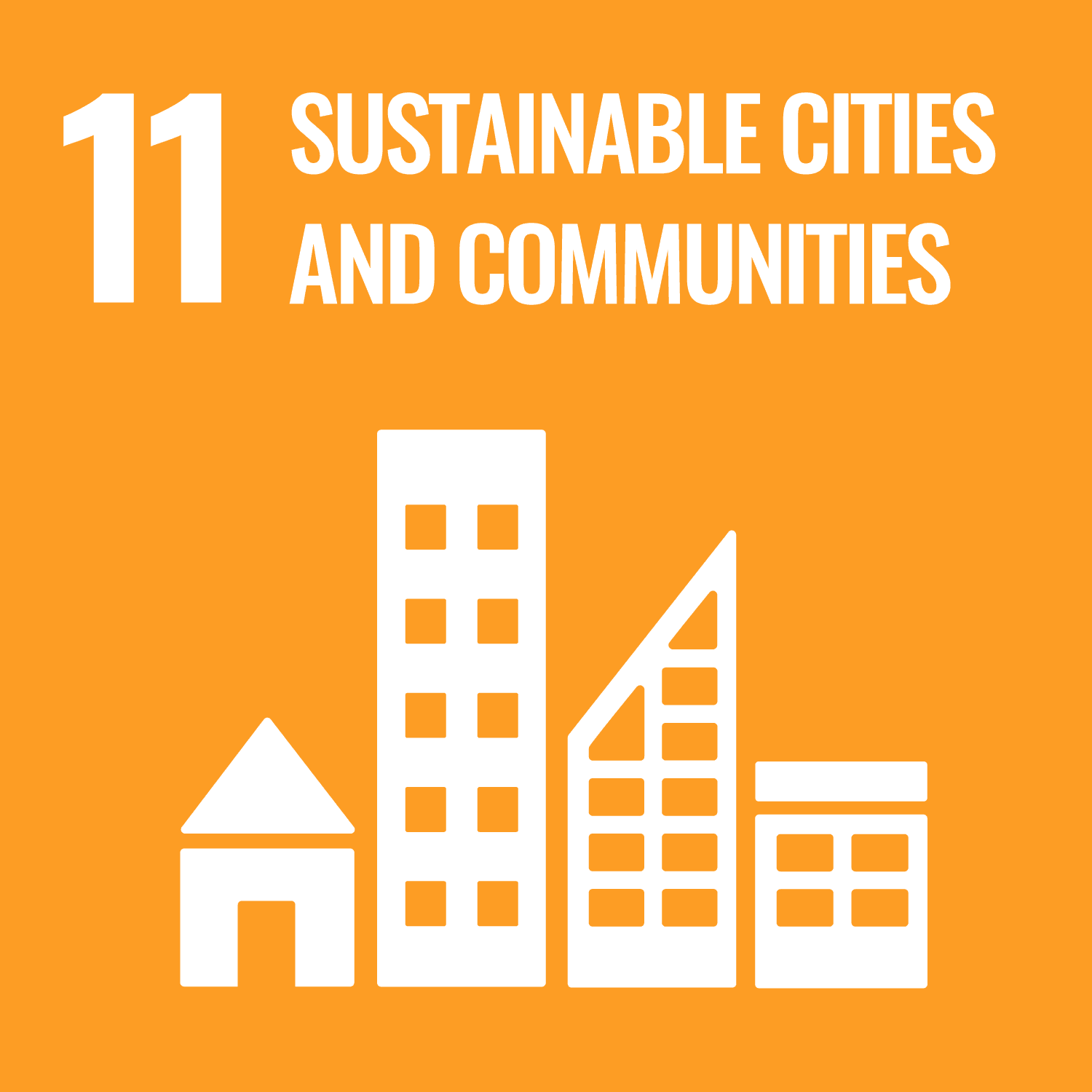
Emission Removal
Emission Removal
Delta Blue Carbon: Planting mangrove trees in Pakistan
Sindh Province, Karachi, Pakistan
Sindh Province, Karachi, Pakistan




225,000
Hectares in restorations


5,400,000
CO2e removed


21,000
Jobs created

25,000
People trained

100+
Species protected
Low
Low
Low
Moderate
Moderate
Moderate
High
High
High
Very High
Very High
Very High
Carbon Impact
Carbon Impact
Carbon Impact
Measures the project's effectiveness in removing or avoiding CO₂
Measures the project's effectiveness in removing or avoiding CO₂
Co-benefits
Co-benefits
Co-benefits
Assesses the positive impact on biodiversity, local communities, and ecosystem resilience.
Assesses the positive impact on biodiversity, local communities, and ecosystem resilience.
Data Transparency & Governance
Data Transparency & Governance
Data Transparency & Governance
Evaluates project accountability, monitoring accuracy, and the reliability of reported outcomes.
Evaluates project accountability, monitoring accuracy, and the reliability of reported outcomes.


Dries Grasveld
Head of Climate Projects
Let's schedule a short chat to see how we can help you.
Overview
Update 2023
Why this project?
Located within the biodiverse southeast coast of the Sindh province in Pakistan, the Delta Blue Carbon Project is the world's largest mangrove restoration project. The project aims to protect the existing 102,000 hectares and restore 225,000 hectares of degraded mangroves in the Indus Delta in partnership with the local communities. The biodiverse area holds immense potential for climate change mitigation due to its multifunctionality and essential ecosystem services. Mangroves store up to five times as much organic carbon as tropical upland forests, making their protection and sustainable management of high importance.
Besides being a hub for indigenous species and vital fisheries, the region sustains coastal villagers' livelihoods through mangrove-related fishing. The project focuses on rehabilitating and restoring degraded mangrove lands through ‘assisted natural regeneration’ (ANR) alongside active replanting. Furthermore, it will enhance livelihoods by increasing employment and promoting investments in health, water, education, and food security.

Combating climate change
Pakistan is without a doubt at the front line of climate change. The country lies in an arid and semi-arid region, making it one of the most vulnerable countries in the world to the negative consequences of climate change. The Indus Delta Area faces the greatest vulnerability, as unregulated practices like fuelwood and fodder collection, alongside livestock grazing, have led to extensive degradation of mangrove forests. Prioritizing the protection, rehabilitation, and sustainable management of these tidal wetlands has become an environmental imperative for local authorities.
The project's objective is to mitigate 142 million tons of CO₂ equivalent emissions over 60 years. It does so by safeguarding the existing 102,000 hectares of mangrove forests and revitalizing another 226,000 hectares of degraded lands through Mangrove Stewardship Agreements with local forest-dependent communities. Restoring the degraded coastal mangroves will significantly improve climate change adaptation benefits for the biodiversity in the region.
Strong community involvement
The Indus eco-region ranks among the world's top 40 most biodiverse ecosystems and holds the prestigious title of a Key Biodiversity Area (KBA). The region is home to 11 globally threatened species according to the IUCN Red List, including the Indus River dolphin, the Indian pangolin, and the fishing cat. The area also comprises 60 coastal villages with about 49,000 people, relying heavily on its natural resources and fishing. Over 70% of the population here lives in poverty, earning less than $1.25 per day. Necessities like safe drinking water, education, healthcare, and suitable housing are often lacking, leaving these communities vulnerable to disasters like floods and droughts.
The project contributes to protecting and enhancing ecosystem and biodiversity services through
Restoration and sustainable management of degraded areas, increased and effective law enforcement, community awareness efforts, and training and capacity-building activities for communities.
Introducing mangroves and biodiversity conservation stewardship agreements with the local communities, transforming the locals into the front-line defenders for biodiversity conservation.
Educating in sustainable fishing, natural resource management, climate-smart agriculture, and livestock grazing.
Improving the well-being, especially of women and marginalized groups, providing both short-term and long-term benefits. For instance, it focuses on improved community health by ensuring clean drinking water, sanitation, and improved education.
Between 2015 and 2021, the project created jobs for 10,410 people in tree-planting operations and supported a quarter of the 35,796 fishing communities.
Project Gallery


























Location
Project Partner

This project is verified by Verified Carbon Standard (VCS) - Verra. VCS was established in 2007 and is a full-fledged carbon offset program developed and run by the non-profit Verra. It focuses on GHG reduction attributes only and does not require projects to have additional environmental or social benefits. The VCS is broadly supported by the carbon offset industry (project developers, large offset buyers, verifiers, and project consultants) and is active globally.
United Nations' Sustainable Development Goals

Almost 12,000 local community members benefit directly from livelihood improvements.

Over 34,600 indirectly benefit from better fisheries. Project supports in more productive agriculture and natural resource management (NRM).

Ambulances and mobile health dispensary provided, impacting over 15,100 locals.

8 schools in area have been reopened, benefitting over 380 students, through increasing student enrollment and the improvement of learning environments.

Over 1,000 women employed in mangrove restoration.

Installation of five Reverse Osmosis (RO) plants that provides clean and safe water to over 800 locals.

With generated project revenue, locals have purchased solar energy systems. Reduce reliance on non-renewables.

Full-time employment for approximately 21,000 people which is almost half of the local population.

Equal wages for men and women, policies in place to support economic empowerment of women.

Mangroves protect over 21,300 locals better against floods. Number of flood casualties decreased.

102,000 ha reforested with 150,000 ha additionally by 2026. Almost 5,500,000 tCO2e will be sequestered.

Over 49 fishing villages benefit. Safeguarding habitats of key endangered Indian humpback – and Indian river dolphin.

Reduce soil erosion and wetlands degradation in a Key Biodiversity Area (KBA). Benefitting Pangolin, Fishing cat and Egyptian vulture.
TABLE OF CONTENTS
Project Highlights
Project Gallery
Location
Project Partner
UN Goals
Overview
Update 2023
Why this project?
Located within the biodiverse southeast coast of the Sindh province in Pakistan, the Delta Blue Carbon Project is the world's largest mangrove restoration project. The project aims to protect the existing 102,000 hectares and restore 225,000 hectares of degraded mangroves in the Indus Delta in partnership with the local communities. The biodiverse area holds immense potential for climate change mitigation due to its multifunctionality and essential ecosystem services. Mangroves store up to five times as much organic carbon as tropical upland forests, making their protection and sustainable management of high importance.
Besides being a hub for indigenous species and vital fisheries, the region sustains coastal villagers' livelihoods through mangrove-related fishing. The project focuses on rehabilitating and restoring degraded mangrove lands through ‘assisted natural regeneration’ (ANR) alongside active replanting. Furthermore, it will enhance livelihoods by increasing employment and promoting investments in health, water, education, and food security.

Combating climate change
Pakistan is without a doubt at the front line of climate change. The country lies in an arid and semi-arid region, making it one of the most vulnerable countries in the world to the negative consequences of climate change. The Indus Delta Area faces the greatest vulnerability, as unregulated practices like fuelwood and fodder collection, alongside livestock grazing, have led to extensive degradation of mangrove forests. Prioritizing the protection, rehabilitation, and sustainable management of these tidal wetlands has become an environmental imperative for local authorities.
The project's objective is to mitigate 142 million tons of CO₂ equivalent emissions over 60 years. It does so by safeguarding the existing 102,000 hectares of mangrove forests and revitalizing another 226,000 hectares of degraded lands through Mangrove Stewardship Agreements with local forest-dependent communities. Restoring the degraded coastal mangroves will significantly improve climate change adaptation benefits for the biodiversity in the region.
Strong community involvement
The Indus eco-region ranks among the world's top 40 most biodiverse ecosystems and holds the prestigious title of a Key Biodiversity Area (KBA). The region is home to 11 globally threatened species according to the IUCN Red List, including the Indus River dolphin, the Indian pangolin, and the fishing cat. The area also comprises 60 coastal villages with about 49,000 people, relying heavily on its natural resources and fishing. Over 70% of the population here lives in poverty, earning less than $1.25 per day. Necessities like safe drinking water, education, healthcare, and suitable housing are often lacking, leaving these communities vulnerable to disasters like floods and droughts.
The project contributes to protecting and enhancing ecosystem and biodiversity services through
Restoration and sustainable management of degraded areas, increased and effective law enforcement, community awareness efforts, and training and capacity-building activities for communities.
Introducing mangroves and biodiversity conservation stewardship agreements with the local communities, transforming the locals into the front-line defenders for biodiversity conservation.
Educating in sustainable fishing, natural resource management, climate-smart agriculture, and livestock grazing.
Improving the well-being, especially of women and marginalized groups, providing both short-term and long-term benefits. For instance, it focuses on improved community health by ensuring clean drinking water, sanitation, and improved education.
Between 2015 and 2021, the project created jobs for 10,410 people in tree-planting operations and supported a quarter of the 35,796 fishing communities.
Project Gallery


























Location
Project Partner

This project is verified by Verified Carbon Standard (VCS) - Verra. VCS was established in 2007 and is a full-fledged carbon offset program developed and run by the non-profit Verra. It focuses on GHG reduction attributes only and does not require projects to have additional environmental or social benefits. The VCS is broadly supported by the carbon offset industry (project developers, large offset buyers, verifiers, and project consultants) and is active globally.
United Nations' Sustainable Development Goals

Almost 12,000 local community members benefit directly from livelihood improvements.

Over 34,600 indirectly benefit from better fisheries. Project supports in more productive agriculture and natural resource management (NRM).

Ambulances and mobile health dispensary provided, impacting over 15,100 locals.

8 schools in area have been reopened, benefitting over 380 students, through increasing student enrollment and the improvement of learning environments.

Over 1,000 women employed in mangrove restoration.

Installation of five Reverse Osmosis (RO) plants that provides clean and safe water to over 800 locals.

With generated project revenue, locals have purchased solar energy systems. Reduce reliance on non-renewables.

Full-time employment for approximately 21,000 people which is almost half of the local population.

Equal wages for men and women, policies in place to support economic empowerment of women.

Mangroves protect over 21,300 locals better against floods. Number of flood casualties decreased.

102,000 ha reforested with 150,000 ha additionally by 2026. Almost 5,500,000 tCO2e will be sequestered.

Over 49 fishing villages benefit. Safeguarding habitats of key endangered Indian humpback – and Indian river dolphin.

Reduce soil erosion and wetlands degradation in a Key Biodiversity Area (KBA). Benefitting Pangolin, Fishing cat and Egyptian vulture.
TABLE OF CONTENTS
Project Highlights
Project Gallery
Location
Project Partner
UN Goals
Other projects
Are you ready to support Climate Projects?
Join 200+ companies making impact with Regreener
Are you ready to support Climate Projects?
Join 200+ companies making impact with Regreener



